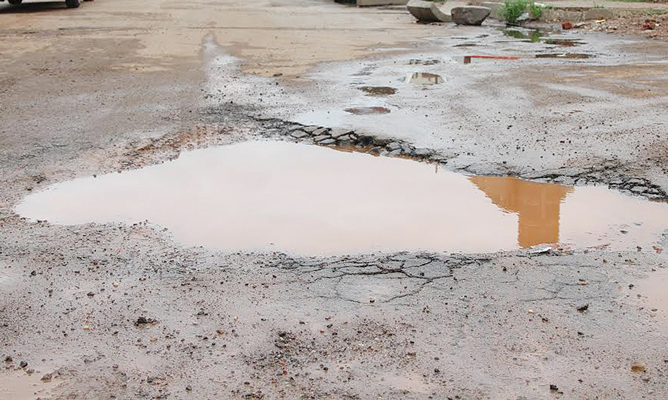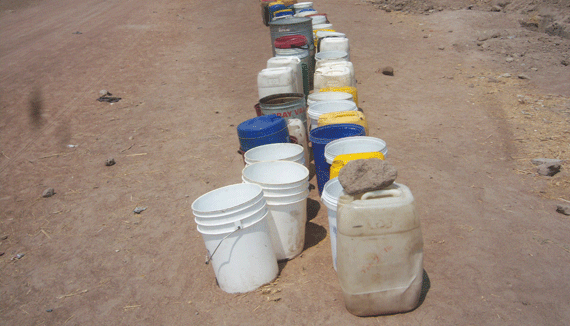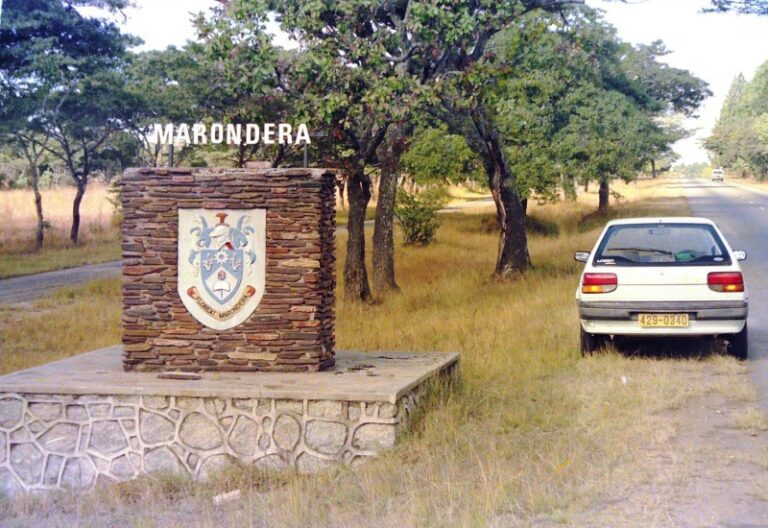
BY NQOBILE BHEBHE AT face value, Bulawayo’s vast road network is undergoing major rehabilitation to last several years before any reconstruction is needed.
But an in-depth investigation by this publication lifted the lid on a deadly mix of corruption to poor quality reconstruction of the city’s road infrastructure.
The corruption goes beyond bribes as contracted companies are also diverting resources, or using substandard materials altogether despite having received payment.
Bulawayo motorists were paying the high price in vehicle maintenance costs for bad roads.
About 75% of the city’s road network has outlived its lifespan, and turned into death traps, according to the Bulawayo City Council (BCC).
Occasionally, road patching was witnessed but complaints about the poor workmanship by contracted firms lingered, and remained unanswered.
Road users and other stakeholders often queried why resurfaced roads quickly deteriorated.
Recent rains gave credence to these complaints as some roads were left with gaping potholes hardly months after resurfacing.
- Chamisa under fire over US$120K donation
- Mavhunga puts DeMbare into Chibuku quarterfinals
- Pension funds bet on Cabora Bassa oilfields
- Councils defy govt fire tender directive
Keep Reading
“I suspect that some contracted firms use substandard materials which easily wear out after a few months,” Given Dlamini, a Bulawayo motorist says.
“What is surprising is that the same company would be back on the same stretch of the road giving suspicion that there might be some collusion between tender adjudicators and contracted firms.”
Over several weeks, this reporter conducted an investigation to uncover why the city’s roads remain in a bad condition despite rehabilitation, and reconstruction.
Norbert Ncube (not his real name) is engaged by one of the road construction firms.
He says poor monitoring of road works by the council, corruption and questionable procedural processes taking place in the road construction industry is to blame.
“The main issue starts in the tender bidding process which has huge financial implications,” Ncube adds.
In the recent past, there have been reports of council management and city fathers receiving kickbacks to facilitate tenders.
At one point, reports resurfaced that some councilors were pampered in Harare by a company that wanted the former to sway a parking meter tender in its favor.
“Due to the harsh economic environment we are experiencing, there are some bosses (owners of contracted firms) who want to capitalise by using inferior materials, especially tar.
“The idea is to stay long on the job in a phased manner. The material named in tender documents might not be the one used. They procure lots of substandard material, small quantities of genuine one and cleverly falsify documents,” Ncube explains.
Council officials do make routine inspections of rehabilitated roads “but they are hardly present at critical stages of project implementation” .
“Genuine material is hardly used. It’s there on-site and strategically kept in case council inspectors show up unannounced for a check up. They (inspectors) would assume that all is fine”.
Incidentally, when rehabilitation is complete and the repaired section begins to wear off, the same firms are always engaged by the council, raising eyebrows.
“Therefore the concerns of motorists and the general public that some roads are substandard are not entirely misplaced,” Ncube concludes.
Another employee engaged by an engineering firm along Fife Street pointed at the road carriageway markings to illustrate the substandard materials used.
“The paint is thoroughly diluted to cover a wide area such that it fades away easily especially during the rains,” he narrates.
It was also established that some supervisors falsify records of materials used. The quantity of materials requisitioned at depots would often not tally with the used materials on site.
For example, official records would indicate that 500 litres of tar was requested but only 300 litres delivered and used on site.
The remaining 200 litres is then diverted for private use or resale, with a huge bearing on the quality of work done.
In several instances, engaged casual workers will not have formal training in road construction.
“You find that the supervisor and maybe two others are qualified for the job.
“So when we give instructions on how to mix the materials, the casual workers would not know whether they are doing the right thing or not. They don’t ask questions,” he explains.
In December, Ward 4 councillor Silas Chigora said he is always taken to ask by residents complaining that rehabilitated roads are always left in a worse state than before.
“In my view, as a council, we need to strengthen the tender adjudication process,” Chigora says.
“We need to have our inspection teams on site to always monitor the road works, and ensure that materials used tally with our specifications and with bidding documents.
“If residents go beyond pointing out such issues during feedback meetings and petition council, I am sure some form of action, say the investigation, would be done.”
In 2021, the Matabeleland Institute of Human Rights (MIHR) petitioned the council over the poor state of the roads.
Some public transporters protested the poor road network by withdrawing their vehicles plying certain routes.
In early 2021 the Government declared the country’s road network a state of disaster.
Government later launched a US$400 million Emergency Road Rehabilitation Programme 2 (ERRP2) targeting major feeder roads into towns and cities.
Bulawayo’s share of the money was Z$625 million for the rehabilitation of an estimated road network covering 2,460km.
The money was not given to the local authority but the Central Mechanical Equipment Department (CMED) to manage the budget..
The BCC has identified a total of 43 roads for rehabilitation.
Some of the targeted roads include Fife Street (Masotsha Ndlovu Avenue to 23rd Avenue, 4,1 kilometres), Luveve Roadarterial (Lobengula Street to Nguboyenja Avenue, 2,1 kilometres) and Luveve Road -arterial (Nguboyenja to Siyephambili drive, 4,7 kilometres) among others.
* This article was originally published by The Citizen Bulletin, a nonprofit news organisation that produces hard-hitting, hyperlocal reporting and analysis for the southwestern region of Matabeleland.











